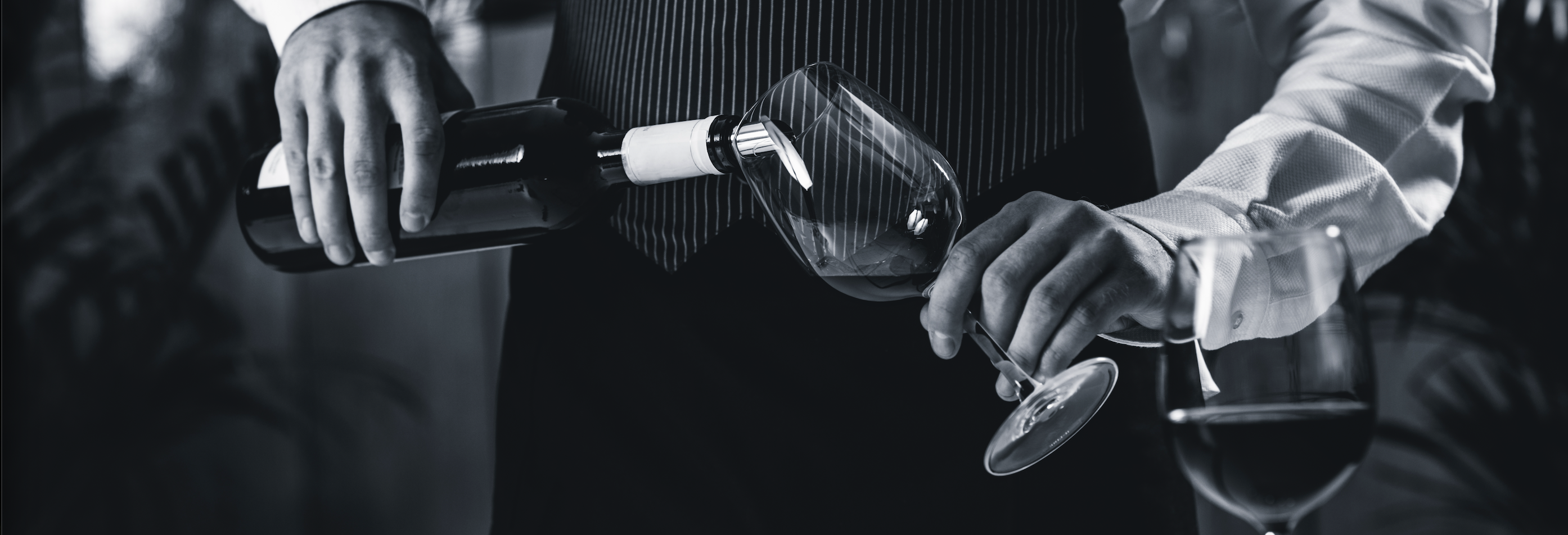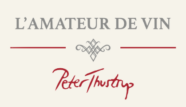
Have you ever felt stressed by a wine list in a restaurant ?
Have you ever felt stressed about the wine list at a restaurant? Make a friend out of the wine list!
If you are like some of my friends, you sometimes feel a familiar sense of apprehension when it’s time to choose a wine at a restaurant. You often ask yourself: How do I navigate a wine list ? I would like to point out that this time I am writing for a French audience and only targeting French wines. The first thing you need to decide is: Which type of wine (which color) ? Once that’s done… If you are in a restaurant with a sommelier, and want someone to recommend a wine within your budget without mentioning the price, suggest a few wines in the price bracket that you would like to grant your tasting experience. The sommelier will understand your budget.
When it comes to choosing your Champagne, choose a well-known brand like Ruinart, Moët and Chandon. However, if you trust the restaurateur with his wine choices, why not choose an unknown winemaker!
For white wine, you have excellent wines in every corner of France. A dry wine for oysters and a smoother white wine from the south of France or Provence for fish in sauce for example. The best-known wines are obviously Chardonnay from Burgundy but you have very good wines in Jura, Loire and Bordeaux. The downside of Burgundies is that they have become very expensive so it might be a good idea to look at other regions where you will find very good value for money.
Here are some suggestions for more reasonably priced Burgundy whites: Macon, Viré Clessé, Côte de Jura, Savigny les Beaunes, Chablis.
For Jura white wines I recommend Arbois blanc.
For the south of France: Châteauneuf du Papes white, Cote du Rhônes white and Saint Joseph white.
Contrary to popular belief, white wines can age well, 5 to 10 years. They will move from fresh to more complex after a few years. Age makes them easier to drink, rounder and less acidic.
In red wine, the choice in France is enormous, the best known being Bordeaux and Burgundy. Unfortunately, as I told you, Burgundy wines, which are superb, are the subject of a crazed international demand which has made them overpriced. In Bordeaux we find very good wines at more affordable prices since the scarcity factor is lower. There are also very good red wines in the Loire Valley, and in the south of France (Rhone and Provence). In the Loire Valley, the wines are more restrained and less opulent, this is the character of the Cabernet Franc grape variety. In the south you will find warmer wines with very different grape varieties, more volume, more alcohol roundness and charm but a tendency to be a little heavier, and the wine can make you sleep if it is very young ( less than 10 years old). When choosing a red and the wines are unknown to me, I choose a Bordeaux. I’m rarely disappointed and it’s always a great experience. It’s a question of taste but personally I also really like Burgundy and you can find simple Pinot Noir Burgundies which are excellent and attractive. However, choosing a Burgundy when you do not know the name of the producer is very difficult, and a game of chance. For Burgundy whites it’s easier, you can find excellent ones at reasonable prices. Obviously if you want to empty your wallet you can try Puligny Montrachet or Meursault. A good choice in red can also be a Virée Clessé or à Macon, the quality of this region has taken a leap in the last 15 years and the wines have remained fairly reasonable in terms of prices.
Here is a small list of recommendations for reds by region:
Bordeaux: Saint Emilion, Les Bourg, Les Blaye, Pauillac.
Burgundies: Marsannay (100% pinot noir), Bouchard pères et fils, Jadot, Drouhin.
La Loire: Chinon, Saumur Champigny.
South of France: Rhones and Provence.
Of course, there are many more but here are the ones that come to mind, for more information or inspiration, have a look at my tasting notes.
